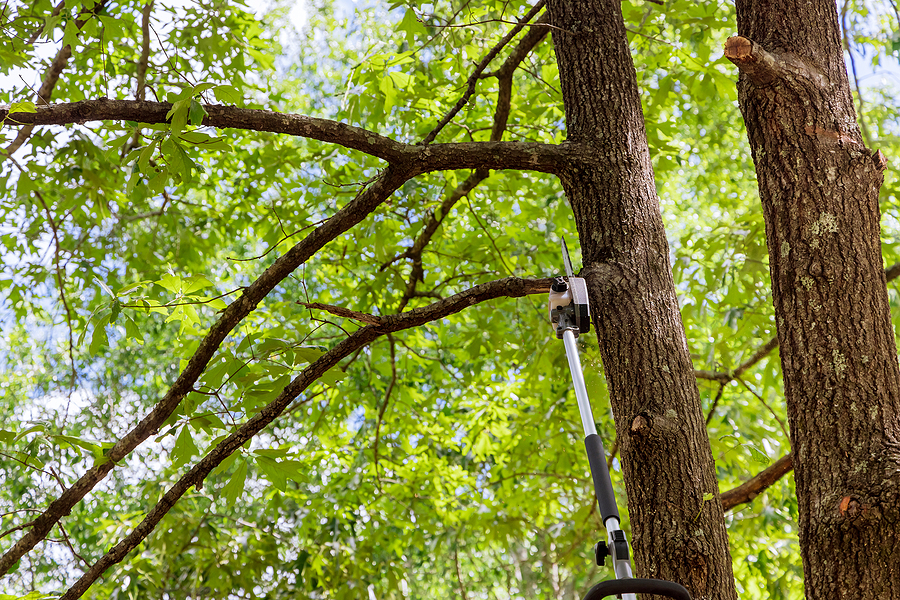Trees are a spectacular addition to any landscape, providing shade, privacy, and a dose of nature’s beauty. However, they also require care and maintenance, just like any other plant in your garden. As essential as they are, trees can pose safety risks and potentially damage property if not properly maintained. Knowing when it’s time to call a professional tree trimmer can be a bit of a puzzle for most homeowners.
This blog post aims to shed light on the signs you need to look out for and the factors you should consider in determining when to hire a tree trimming service. So, let’s get into the nitty-gritty of tree pruning and when it’s time to bring in the professionals.

Understanding Tree Trimming
Tree trimming, also known as tree pruning, involves removing specific branches or parts of a tree to improve its health and appearance. Regular tree trimming can keep your trees healthy, prevent potential hazards, and enhance their overall aesthetic appeal. However, not all trees require the same level of pruning, and it’s crucial to understand the needs of each tree species to determine when and how often to trim them.
Signs it’s Time for Tree Trimming
While regular tree maintenance is recommended, there are specific signs that indicate your tree needs immediate trimming. Here are the top warning signs to look out for:
Overgrown Branches: If you notice branches extending over your roof or into power lines, it’s time for a trim. These branches pose significant safety risks and can cause damage to your property or utility lines.
Diseased or Dead Branches: Dead or diseased branches are a liability, as they can fall at any time and injure someone or cause property damage.
Obstructed View: If tree branches obstruct the view from your home, it’s time for a trim. By removing these branches, you can improve your view and let more natural light into your home.
Signs of Disease: Look out for signs of disease such as discoloration, wilting leaves, or abnormal growth patterns. These are indicators that your tree may need pruning to prevent the spread of the disease.
Tree Trimming Factors to Consider
Apart from the warning signs mentioned above, there are other factors to consider when determining if it’s time for tree trimming. These include:
Tree Species: Different trees have different pruning needs. Some may require annual pruning, while others can go several years without being trimmed.
Season: The timing of tree trimming is crucial. Trimming in the wrong season can stress out the tree or expose it to pests and diseases. It’s best to consult a professional tree trimmer to determine the ideal time for pruning your specific tree species.
DIY vs. Professional: While minor trimming can be done by homeowners, larger or more complex jobs should be left to professionals. Trimming trees can be dangerous, and it’s essential to hire a reputable and experienced tree trimming service for the job.
Wrapping Up
Tree trimming is an essential aspect of tree care and maintenance. It’s crucial to pay attention to warning signs and understand the specific needs of your trees to determine when it’s time for pruning. Regular trimming can help keep your trees healthy, enhance their appearance, and prevent potential hazards. When in doubt, always consult a professional tree trimmer to ensure the safety of both you and your trees. Remember, a well-maintained tree is a happy tree! So, don’t neglect your trees and give them the love and care they deserve.
Whether it’s for safety reasons or simply to improve the overall look of your landscape, we can help with routine tree service. Contact Complete Tree Care at 317-783-2518 for licensed tree trimming and pruning in Indianapolis, Indiana. We serve both residential and commercial clients all throughout Central Indiana.
Related Posts:
Top 7 Reasons Why Regular Tree Trimming is Essential for Your Property
Corrective Pruning vs Maintenance Pruning: What’s the Difference?
How to Identify Tree Hazards Before They Become a Problem
